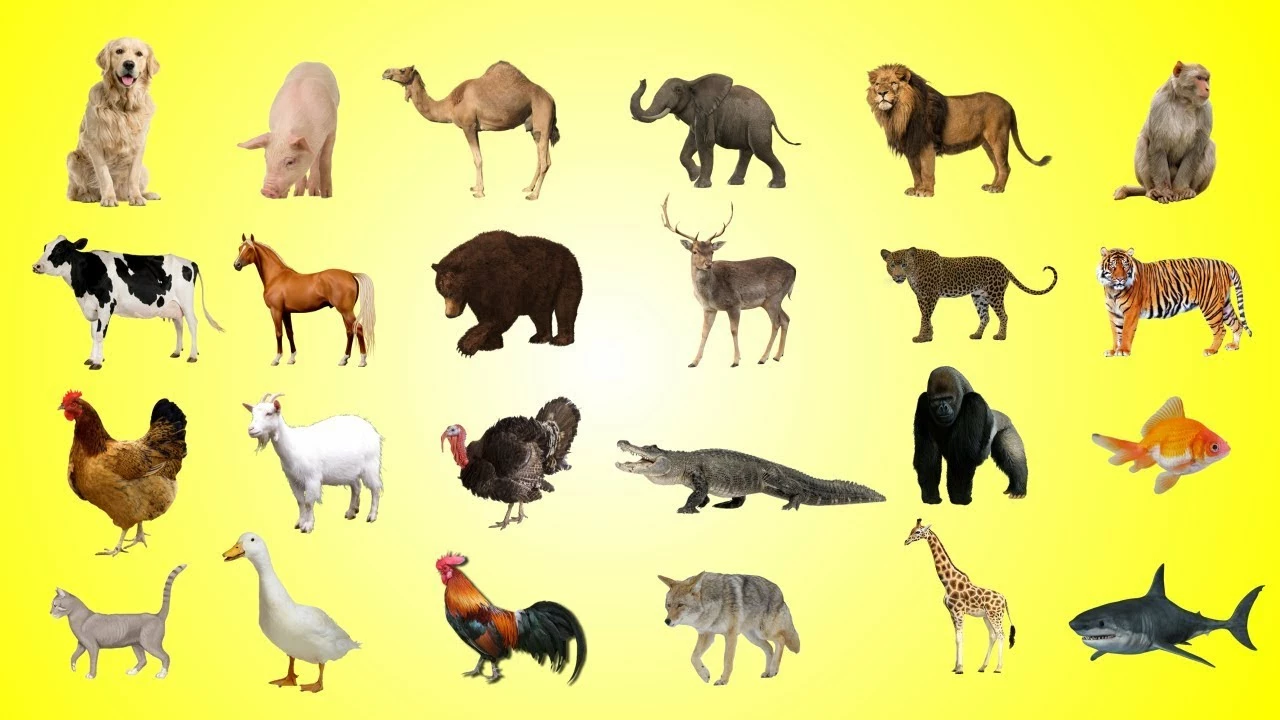Misunderstood Monikers: The Case of the Killer Whale
Let's start with one of the ocean's most majestic creatures - the killer whale. Now, despite the violent connotation of its name, the killer whale is not inherently a 'killer'. Known scientifically as Orcinus orca, this species is actually the largest member of the dolphin family. The name 'killer whale' came from ancient mariners who observed them hunting other whales in groups - not because they were known to attack humans. The term 'killer' was likely a mistranslation of the original Spanish name, 'asesina-ballenas', which more accurately translates to 'whale killer'. So, the next time you see an orca, you can appreciate its true identity as a dolphin, not a cold-blooded killer.
The Misnomer of the Mountain Goat
Another animal that often gets a bad rap from its name is the mountain goat. Despite its name, the mountain goat is not a true goat. It is actually more closely related to antelopes, gazelles, and cattle. Its scientific name, Oreamnos americanus, identifies it as a distinct species. The misnomer likely arose from its goat-like appearance and mountainous habitat. But let's not judge a book by its cover - or in this case, an animal by its name - as our fluffy friend is just a misunderstood cousin of the goat family.
Deception in the Desert: The Horned Toad
Next up is a creature that would surely win the award for 'Most Deceptive Name' if there were one - the horned toad. Now, if you're picturing a chubby toad with horns, prepare to be surprised. The horned toad is, in fact, not a toad at all, but a lizard! It earned its misleading name from its toad-like appearance, complete with a round body and wide mouth. The 'horns' are actually spiny scales that cover its body. So, despite its name, this desert dweller is more lizard than toad.
Firefly or Lightning Bug: A Beetle in Disguise
When you think of a firefly or a lightning bug, you probably imagine a small, winged insect, flickering in the twilight. But did you know that these creatures are not true flies or bugs at all? They are actually beetles! Belonging to the family Lampyridae, these insects are a type of winged beetle known for their bioluminescent abilities. The terms 'firefly' and 'lightning bug' are simply colloquial names that refer to their distinctive glowing behavior.
The Inaccurate Identity of the King Cobra
You might be surprised to learn that the king cobra, one of the most famous snake species in the world, is not a true cobra. Unlike other cobras, which belong to the genus Naja, the king cobra is the only member of its own genus, Ophiophagus. Its species name, hannah, even translates to 'tree-loving', a trait that differentiates it from most true cobras. So, despite its royal title, the king cobra's lineage is not as straightforward as it seems.
The Confusion of the Koala Bear
Perhaps one of the most adorable cases of mistaken identity involves the koala. Despite being commonly referred to as the 'koala bear', this cuddly creature is not a bear at all. It is actually a marsupial, a type of mammal that carries its young in a pouch. The confusion likely arose from the koala's bear-like appearance, but its closest relatives are actually wombats and kangaroos. So, the next time you spot a koala, remember that it's not a bear, but a uniquely Australian marsupial.
The Puzzling Panda Ant
A creature that's sure to make you do a double-take is the panda ant. Now, despite what its name suggests, this creature is neither a panda nor an ant. It is, in fact, a type of wingless wasp! Its misleading name comes from its distinctive black and white markings, which resemble that of a panda. The 'ant' part of its name likely comes from its similar size and shape to ants. But don't let its cute appearance fool you - the panda ant is known for its painful sting!
The Misleading Maned Wolf
Another victim of mistaken identity is the maned wolf. Despite its name, this creature is not a wolf, nor is it a fox, despite its fox-like appearance. It is, in fact, the only species in its genus, Chrysocyon. Its common name comes from the mane-like strip of hair running down its back, which stands on end when the animal is threatened. So, although it may look like a long-legged fox or a thin wolf, the maned wolf is in a category of its own.
The Deceptive Sea Cucumber
Last but certainly not least, let's dive into the ocean and explore the misnamed sea cucumber. Despite its name, this creature is not a vegetable, but an animal! Sea cucumbers are a type of echinoderm, making them close relatives of starfish and sea urchins. They earned their misleading name from their cucumber-like shape. But don't let their name fool you - these creatures are fascinating marine animals with a unique set of survival skills.




